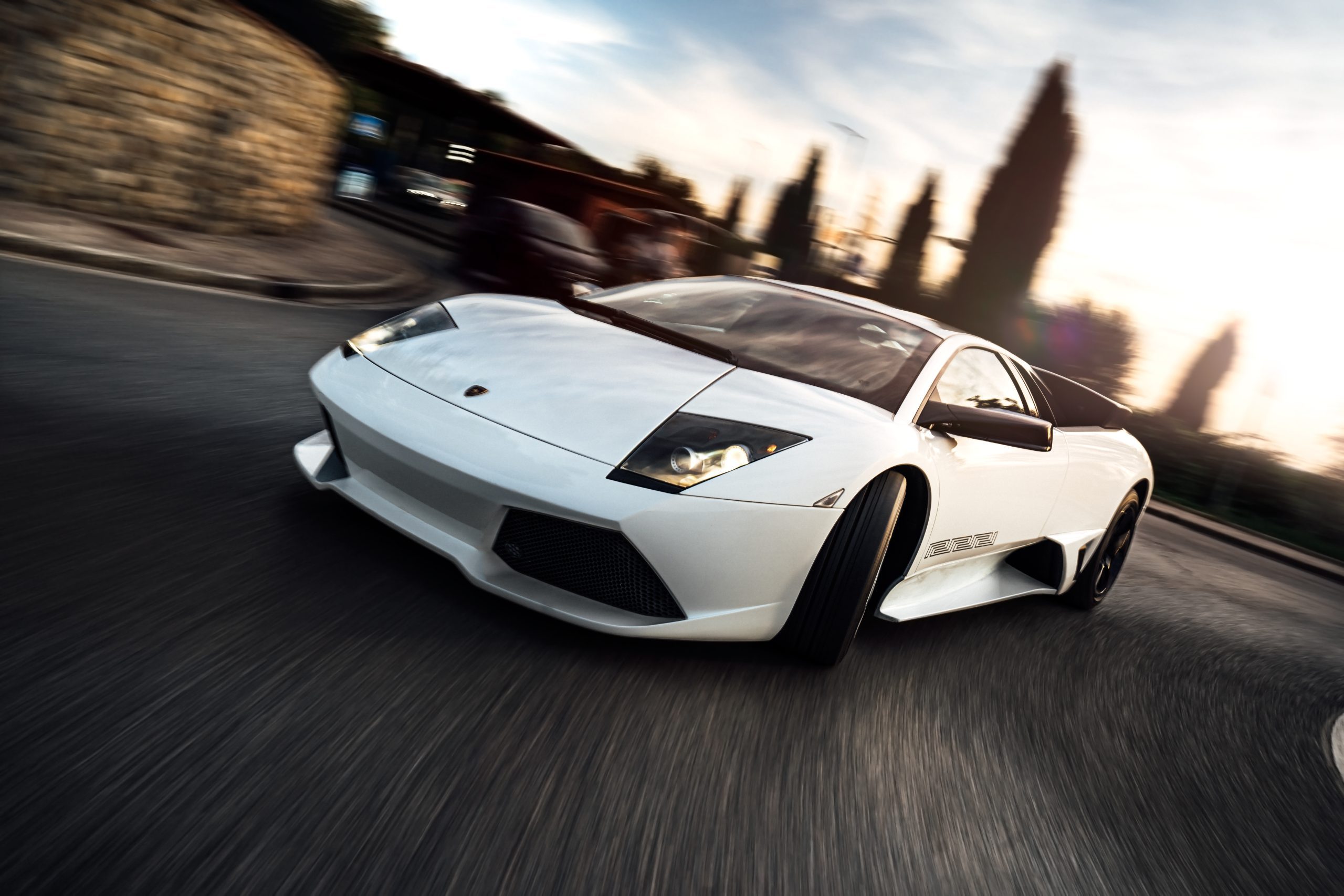In 2022, Lamborghini is celebrating 60 years of the legendary V12, the 12-cylinder engine that has been at the heart of the most powerful Lamborghini models. One of these is the Murciélago which made its debut at the Frankfurt Motor Show in September 2001, which at the time had the goal of bringing the V12 engine into the 21st century. Lamborghini was able to accomplish this in the most extraordinary way by giving the 6.2-liter engine a maximum power output of 580 HP. At the time, it was considered to be extremely high, especially since the use of the large catalytic converters meant that the car had to be approved in all world markets even in the market with the strictest rules in terms of emissions.
For the first time, Lamborghini used the CAD-CAM system when to design what would end up being the Murciélago. The system guarantees the highest level of precision and gives a higher quality of assembly and finish. A new design department, the Lamborghini Centro Stile was completely responsible for the look of the Murciélago, under the direction of Luc Donckerwolke who already had the prestige of the redesign of the Diablo under his belt. For the Murciélago, however, he was given the privilege of starting the design from scratch for both the bodywork and the interior.
No Subscription? You’re missing out
Get immediate ad-free access to all our premium content.
Get Started



